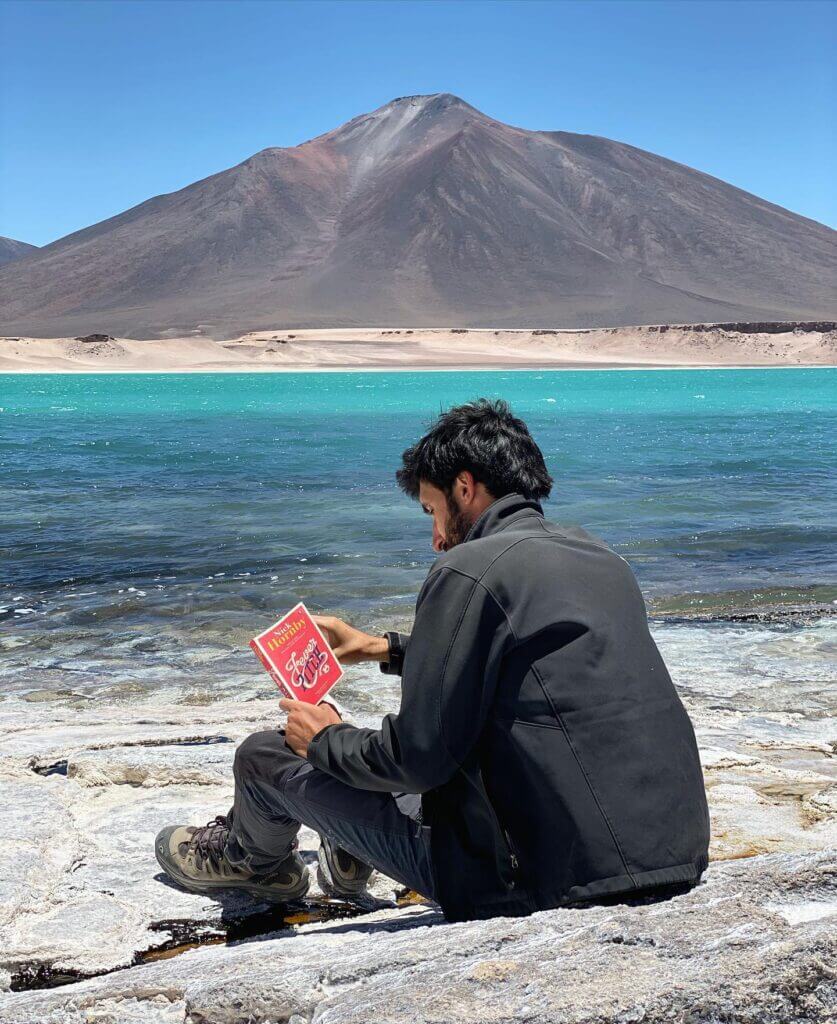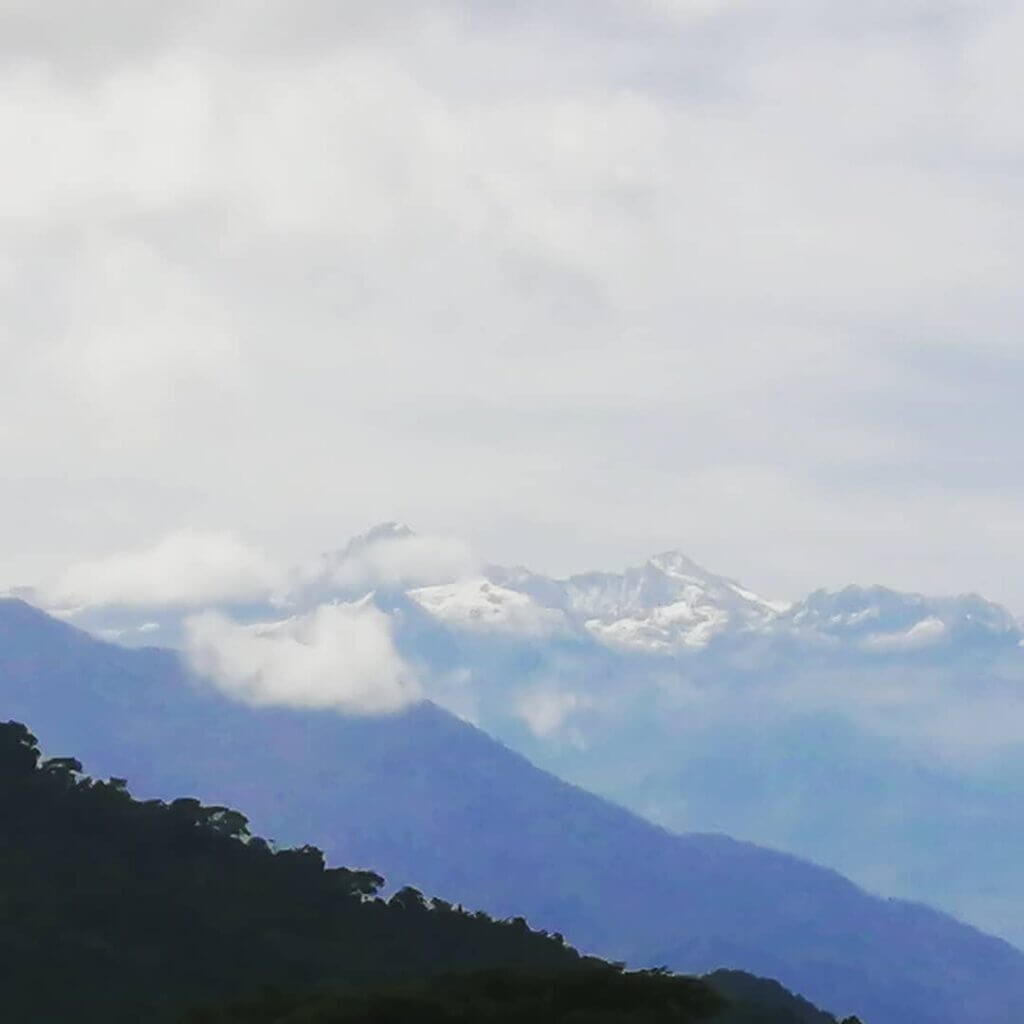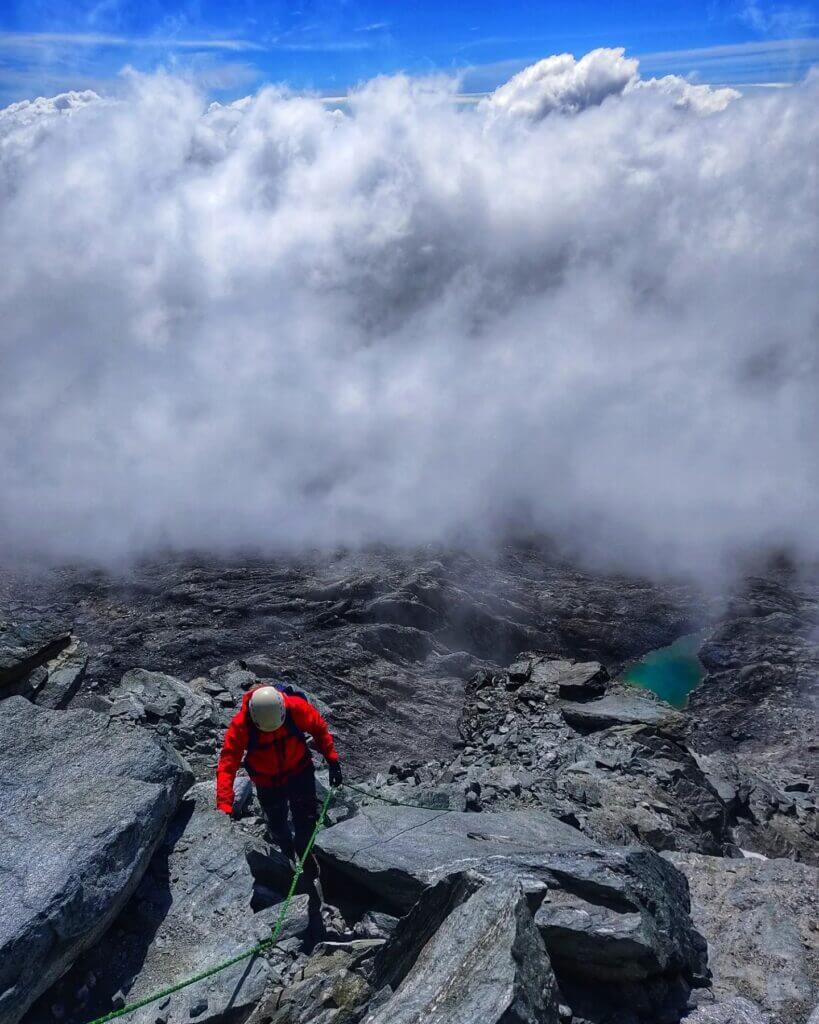South America is not merely a continent but a destination that guarantees adventure, culture, and natural beauty that surpasses your wildest imagination. Moreover, South America’s towering mountains, sprawling rainforests, and breathtaking coastlines entice visitors to explore its magnificence.
Why you should be interested in the highest mountains in South America
The mountain ranges of South America are truly majestic and provide some of the most awe-inspiring views and fulfilling climbing experiences in the world. Notably, from the towering heights of Aconcagua to the distinct form of Chimborazo, these top 15 mountains in South America will undoubtedly leave you amazed.
The Andean mountains offer a profound experience for skilled climbers and hiking enthusiasts. The memories of your time spent in these majestic peaks will be etched deeply into your soul, creating an enduring impact that will last a lifetime.
So pack your bags, put on your hiking boots, and get ready to conquer the Andes!
1- Aconcagua

Height: 6,962 meters (22,841 feet)
Location: Argentina
First climb: in 1897
Aconcagua takes the crown as the highest mountain in South America and the highest in both the Western and Southern Hemispheres. This magnificent mountain is situated within the Aconcagua National Park and features a few stupendous glaciers on its southern face. The largest of these glaciers extends over more than 15 kilometres.
But Aconcagua isn’t just impressive for its towering height and stunning glaciers. It also has a rich history, with the first ascent made by the legendary Matthias Zurbriggen.
Being a distinguished mountain guide and explorer, Zurbriggen’s name is closely associated with numerous initial ascents and pathways. Moreover, his triumph over Aconcagua in 1897 is a testament to his exceptional mountaineering skills.
2 – Ojos Del Salado

Height: 6,891 meters (22,608 feet)
Location: Border of Chile and Argentina
First climb: In 1937 – By Jan Alfred Szczepański and Justyn Wojsznis
Looking for an adventure that will take your breath away? Look no further than Ojos Del Salado, the highest active volcano in the world. This majestic mountain will challenge even the most experienced climbers. But the reward for your efforts is a view that’s truly out of this world.
The Spanish name “Ojos de Sal” alludes to the magnificent salt flats that envelop it, thus augmenting the awe-inspiring grandeur of this marvel of nature.
3 – Monte Pissis

Height: 6,795 meters (22,293 feet)
Location: Argentina’s La Rioja Province
First climb: In 1937 – By two Polish climbers named Szczepanski and Osiecki.
‘Pissis’ holds the title of the world’s second-highest volcano. The same Pole who climbed Ojos de Salado first conquered this challenging peak. Due to its large and crevassed glacier on the southern side, Pissis presents a more difficult climb requiring advanced skills and careful navigation planning.
Monte Pissis was a topic of debate before GPS measurements, and its ranking was uncertain, with the top three peaks swapping places for decades. Nevertheless, Pissis remains a highly sought-after challenge for experienced mountaineers seeking to test their skills and explore the rugged beauty of the Andes.
4 – Huascaran

Height: 6,768 meters (22,205 feet)
Location: Peru
First climb: In 1908 – By Annie Smith Peck (North Peak) / 1932 for the south peak
Huascaran is the highest peak in the country and the fourth highest in South America. It lies in the heart of the Cordillera Blanca mountain Range of Peru. At the same time, the mountain is known for its impressive glaciers, deep valleys, and stunning views of the surrounding landscape. Typically, it takes four days to ascend the mountain from the base camp.
5 – Cerro Bonete

Height: 6,759 meters (22,175 feet),
Location: Argentina
If you’re looking for a mountain adventure that’s both exhilarating and challenging, Cerro Bonete is the perfect destination. Just on the border of Argentina and Chile, this peak is the fifth highest in South America. But don’t let its height fool you – Cerro Bonete is known for its steep, rocky terrain and challenging approach.
6 – Tres Cruces

Height: 6,749 meters (22,142 feet)
Location: Argentina
First climb: In 1937 – By Poles Stefan Osiecki and Witold Paryski
Certainly, if you’re looking for a challenge and adventure, Tres Cruces is a peak that will not disappoint. This extraordinary peak complex, located on the border of Chile and Argentina, features three peaks intersecting at the summit, resembling the shape of three crosses. On the other hand, this highest peak naturally stands at an impressive 6,749 meters (22,142 feet), making it one of the tallest peaks in South America.
However, “Tres Cruces” means “Three Crosses” in Spanish, referring to the three prominent ridges intersecting at the summit.
7 – Llullaillaco

Height: 6,739 meters (22,109 feet).
Location: Chile
First climb: In 1950
Close your eyes and imagine a stunning volcanic peak rising from the barren and dry desert floor. That’s Llullaillaco, a dormant volcano whose distinctive cone shape is a true spectacle. The last recorded volcanic activity at Llullaillaco dates back to the 19th century, but its historical significance makes this mountain unique.
Moreover, it is home to the world’s highest archaeological site, where the mummified remains of the “Children of Llullaillaco” were found near the summit. These ancient sacrifices are a haunting reminder of the rich cultural heritage in the most unexpected places.
8 – Mercedario

Height: 6,720 meters (22,047 feet)
Location: Argentina
First climb: In 1972 – By Italians Sergio Job Gino and Antonio Beorchia Nigris
Explicitly nestled in the heart of the Argentine Andes, Mercedario stands as a testament to the raw beauty of South America’s highest peaks. As the eighth-highest mountain on the continent, it provides a thrilling challenge for adventurers seeking to immerse themselves in its rugged terrain and breathtaking vistas.
9 – Incahuasi

Height: 6,638 meters (21,778 feet)
Location: Argentina
First climb: In 1913 – By Walther Penck
As noted, Incahuasi is a challenging peak to climb and an important cultural site due to its intriguing archaeological sites on the slopes. With a consistent steepness on all sides, climbers often opt for the north ridge ascent, which offers a relatively friendly route to the summit.
It takes around 12 days for commercial groups to reach the peak, starting with a 300km drive to acclimatize to the surroundings. Following the acclimatization period, commercial groups embark on a challenging 3-day climb to the peak’s summit and descend back to Fiambalá at 1600m.
10 – Nevado Sajama

Height: 6,542 meters (21,463 feet)
Location: Bolivia
First climb: In 1927 – By Joseph Prem
As a matter of fact, the steep slopes of Nevado Sajama make it a true skill test for even the most seasoned and adventurous skiers. The mountain gained international attention when world-renowned steep skier Andreas Fransson embarked on a daring mission to ski this towering peak, which is the highest in Bolivia and ranks tenth on this list.
However, the skiing-to-walking ratio on this mountain is notoriously poor, with just around 450 meters of skiing after a gruelling ascent of over 2,000 meters. This peak is not for the faint of heart but for those who dare to take on the challenge.
11 – Chimborazo


Height: 6,263 meters (20,548 feet).
Location: Ecuador
First climb: In 1802 – By Humboldt, French botanist Aimé Bonpland and Carlos Montúfar
As an illustration of its magnificence, Chimborazo’s snow-capped summit can be seen from miles away, drawing in adventurers and nature lovers undeniably.
But Chimborazo isn’t just a mountain for the brave and bold. Its stunning vistas and unique ecosystem make it undeniably a destination everyone can appreciate. Particularly, from the lush vegetation of the lower slopes to the barren and snowy peaks above, Chimborazo is a study in contrasts and a testament to the power and beauty of nature.
12 – Pico Simón Bolívar

Height: 5,775 meters (18,947 feet)
Location: Bolivia
First climb: In 1935 – By Enrique Bourgoin, H. Márquez Molina and Domingo Peña
Presently Pico Simón Bolívar is an awe-inspiring peak that dominates Colombia’s Sierra Nevada de Santa Marta skyline. As the highest mountain in the country, undoubtedly, it offers a thrilling adventure for any avid hiker or mountaineer.
The name of this site is undoubtedly a tribute to the legendary figure Simón Bolívar, whose critical role in Venezuela’s fight for independence from Spanish rule is well-known.
13 – Pico Bolívar

Height: 4,981 meters (16,342 feet)
Location: Bolivia
First Climb: In 1939 – By W. Wood, A. Bakerwell and E. Praolini.
Emphatically rising in the heart of Venezuela, Pico Bolívar is a sight to behold. Albeit the second-highest peak in the country, it offers adventure seekers and mountaineers an incredible challenge. Another key point is it is named after the legendary Simón Bolívar, the father of Venezuelan independence. Certainly the mountain stands as a symbol of strength and courage.
14 – Pico da Neblina

Height: 2,994 meters (9,823 feet)
Location: Brazil
First climb: In 1965 – By members of a Brazilian Army expedition
As the highest mountain in Brazil, Pico da Neblina is unquestionably a destination that should be on every adventurer’s bucket list. Within the expanse of the Amazon Rainforest, it provides a stunning panorama of the lush greenery surrounding it. As you take in the sights around you, it’s hard not to feel humbled by the sheer scale of the natural wonder that lies before you.
On the other hand, this isn’t just any ordinary mountain climb. As an illustration, this trek will take you through one of the world’s most biodiverse regions. Additionally, the area is teeming with rare plant and animal species not found anywhere else on the planet. Get ready for a journey that will push your physical and mental limits while allowing you to immerse yourself in the beauty of nature.
15 – Mount Roraima

Height: 2,810 meters (9,219 feet)
Location: Brazil
First climb: In1884 – By a British expedition
Specifically, the point where Brazil, Venezuela, and Guyana’s territories meet is where this stunning beauty is situated. Not to mention, its great flat top and towering cliffs create an otherworldly landscape that seems straight out of a fantastical adventure. The mountain also holds deep cultural significance for the indigenous people of the region, who view it as a sacred site steeped in myths and legends.
In light of the challenging trek through dense jungle terrain and steep rocky slopes that lead to the summit, The Route adds to the mountain’s allure for adventurous explorers seeking an unforgettable experience.
Make your dreams a reality and climb the highest mountains of South America!
In conclusion, conquering these peaks is no easy feat. Traversing challenging terrain, ascending steep snow and ice slopes, and making your way through dense jungles – for that reason, it is not a task for the faint of heart. Yet, the rewards are worth it when the summit is reached, and the stunning view is unveiled.
Significantly, for those who are passionate about outdoor exploration, climbing these peaks offers an incredible experience not to be missed. It will be a challenge but can provide a lifetime of memories and stories.


